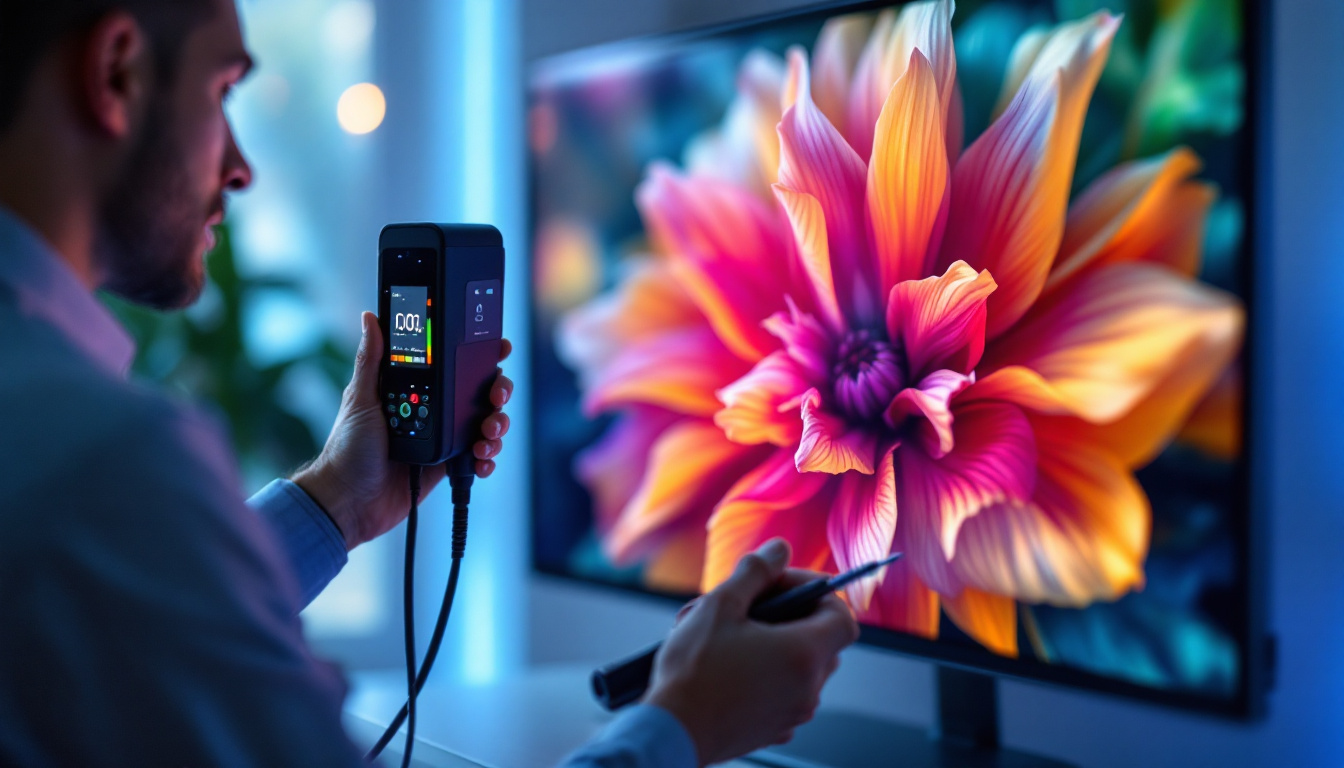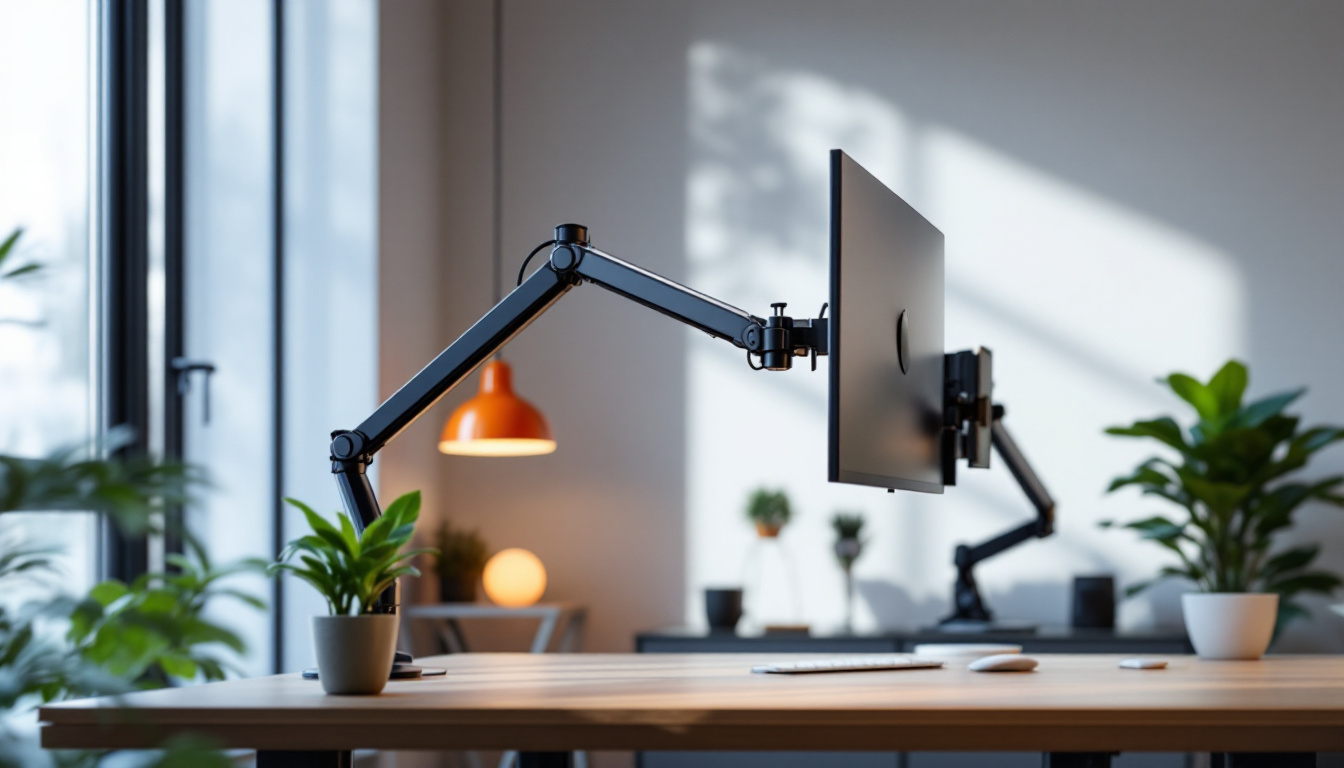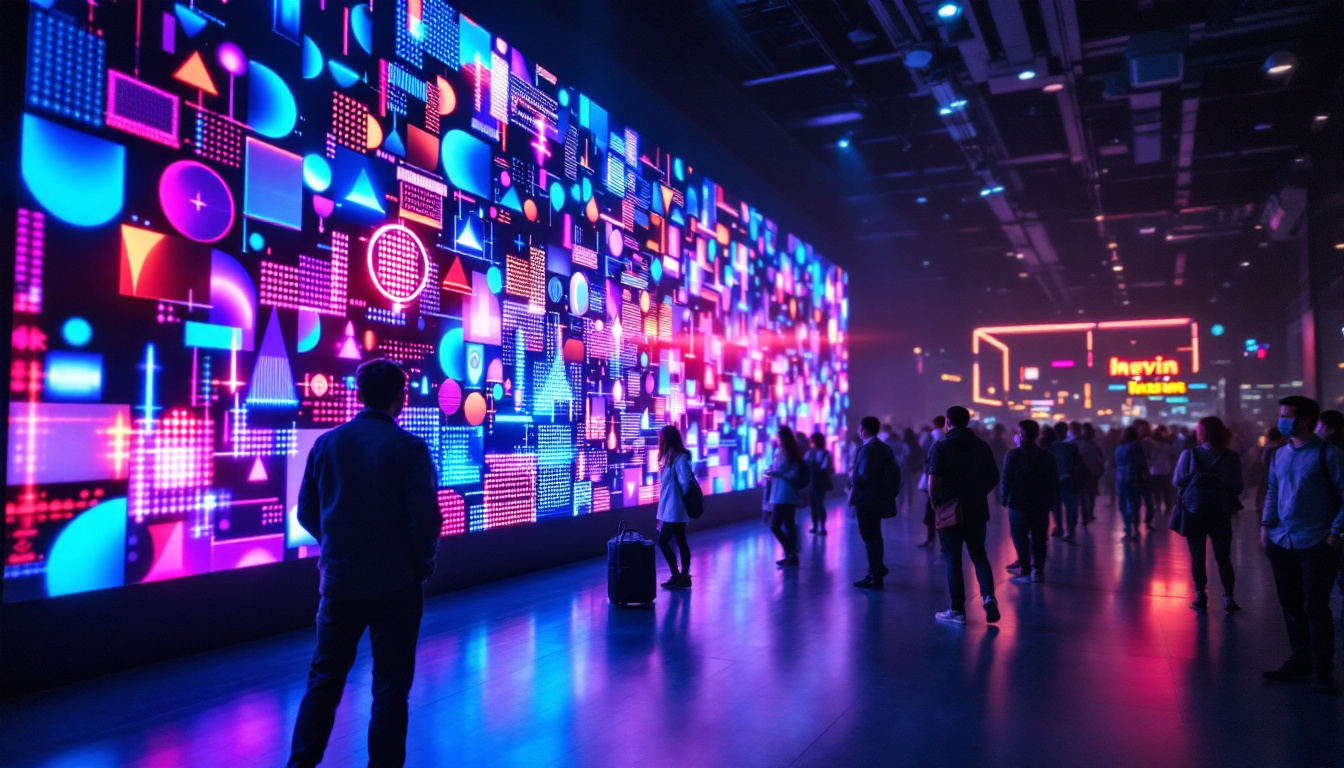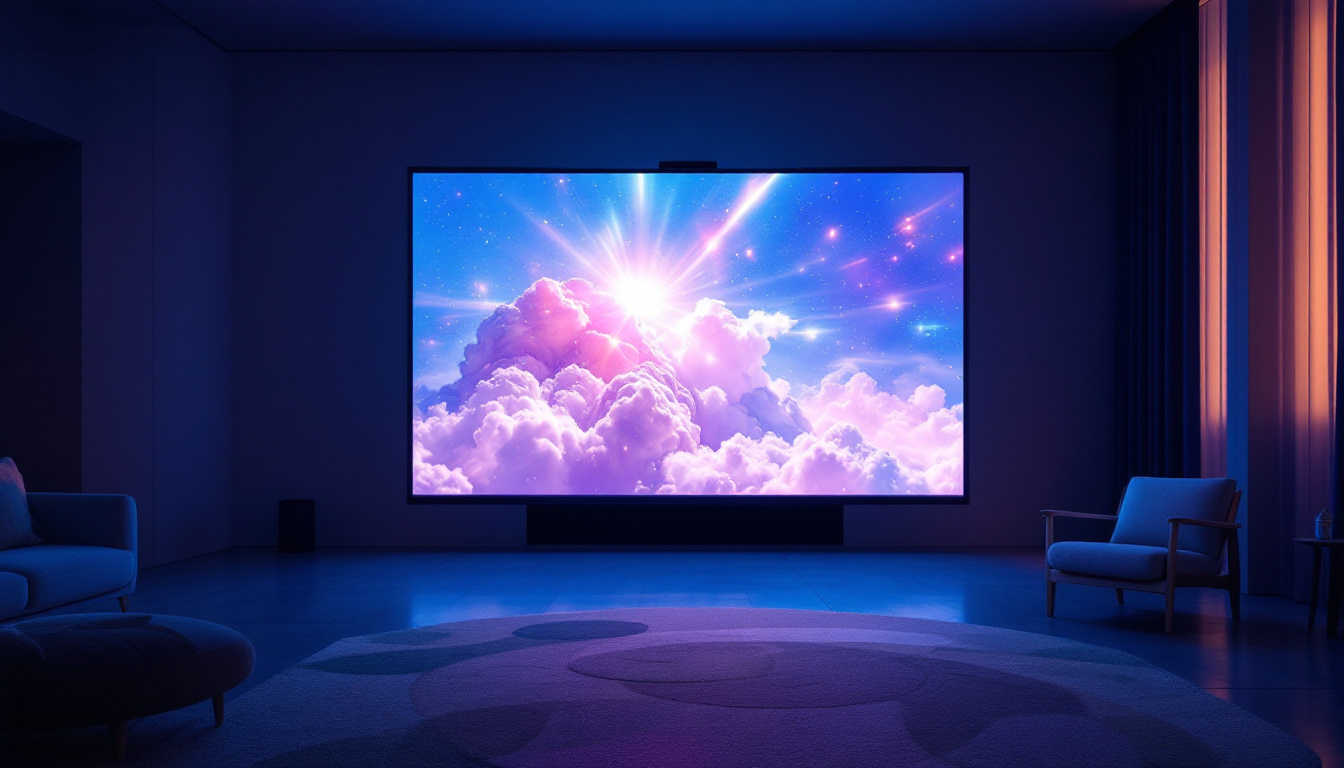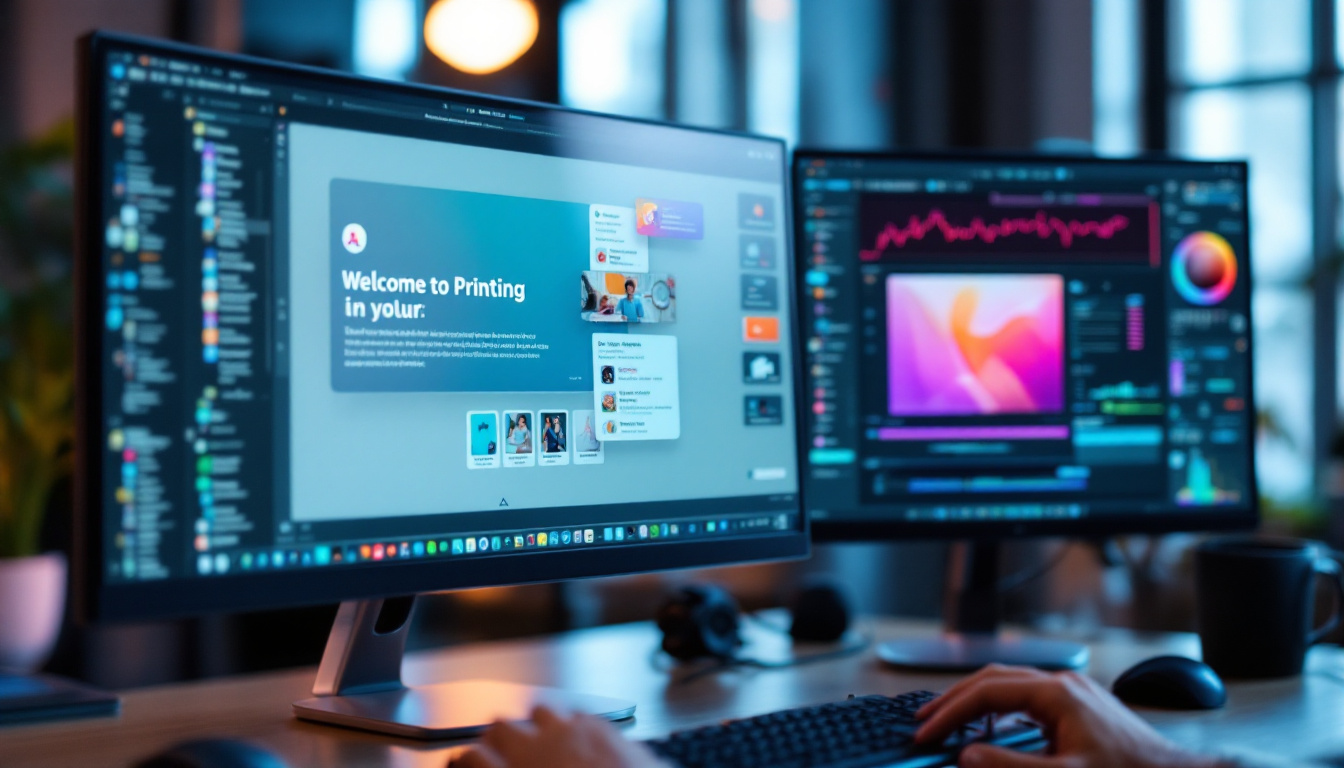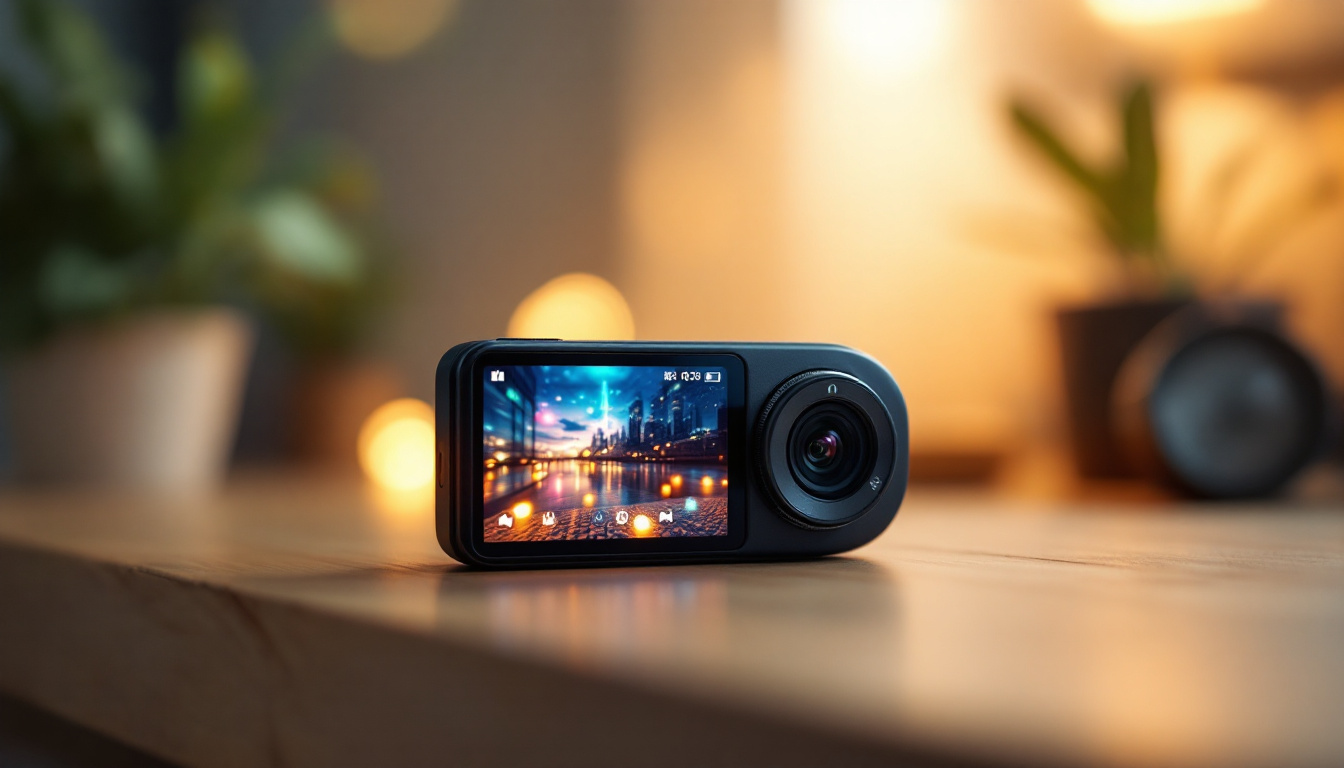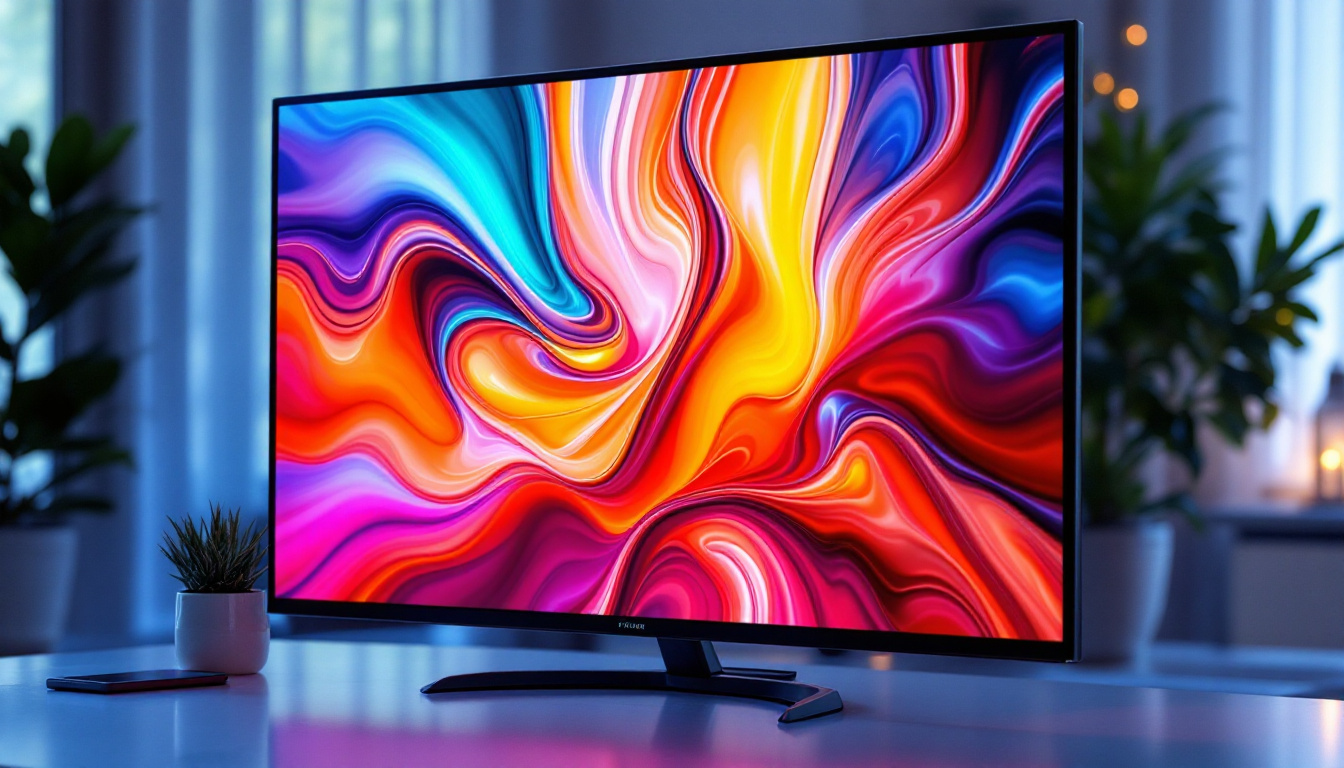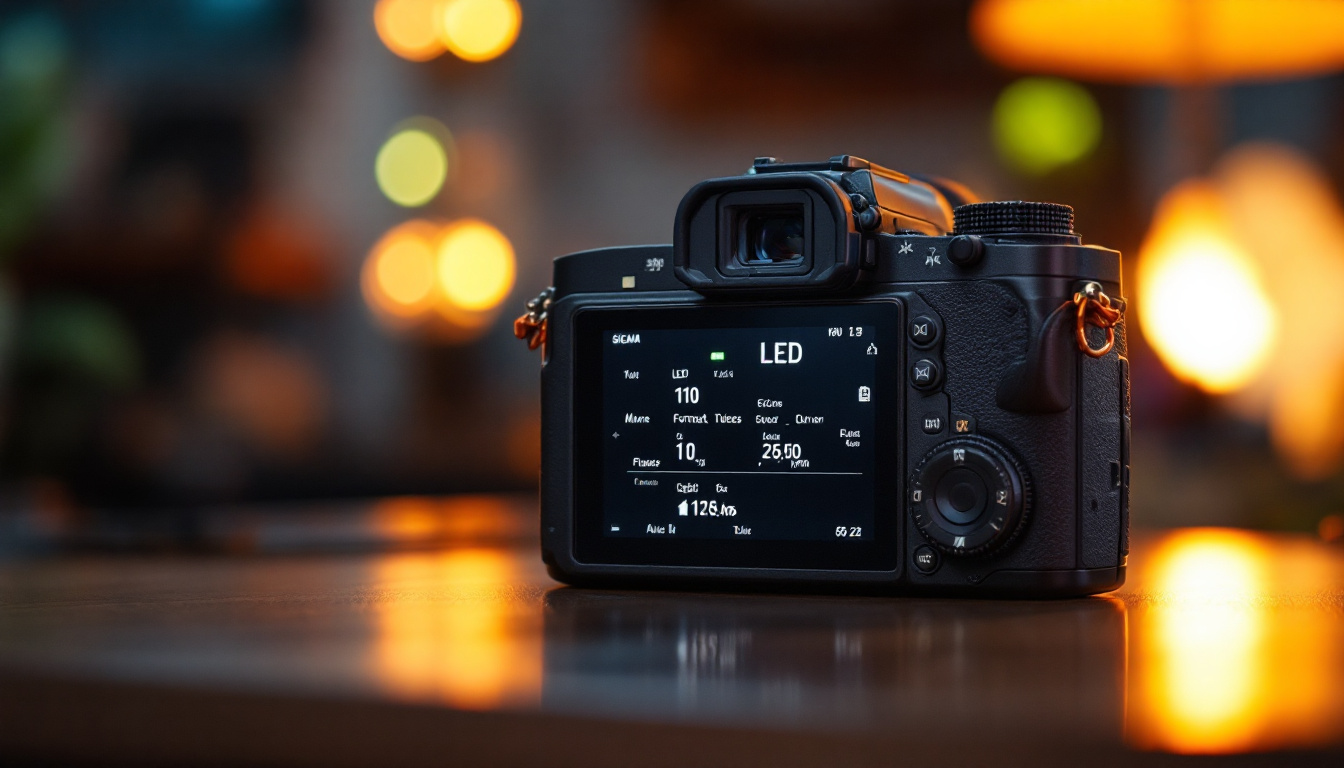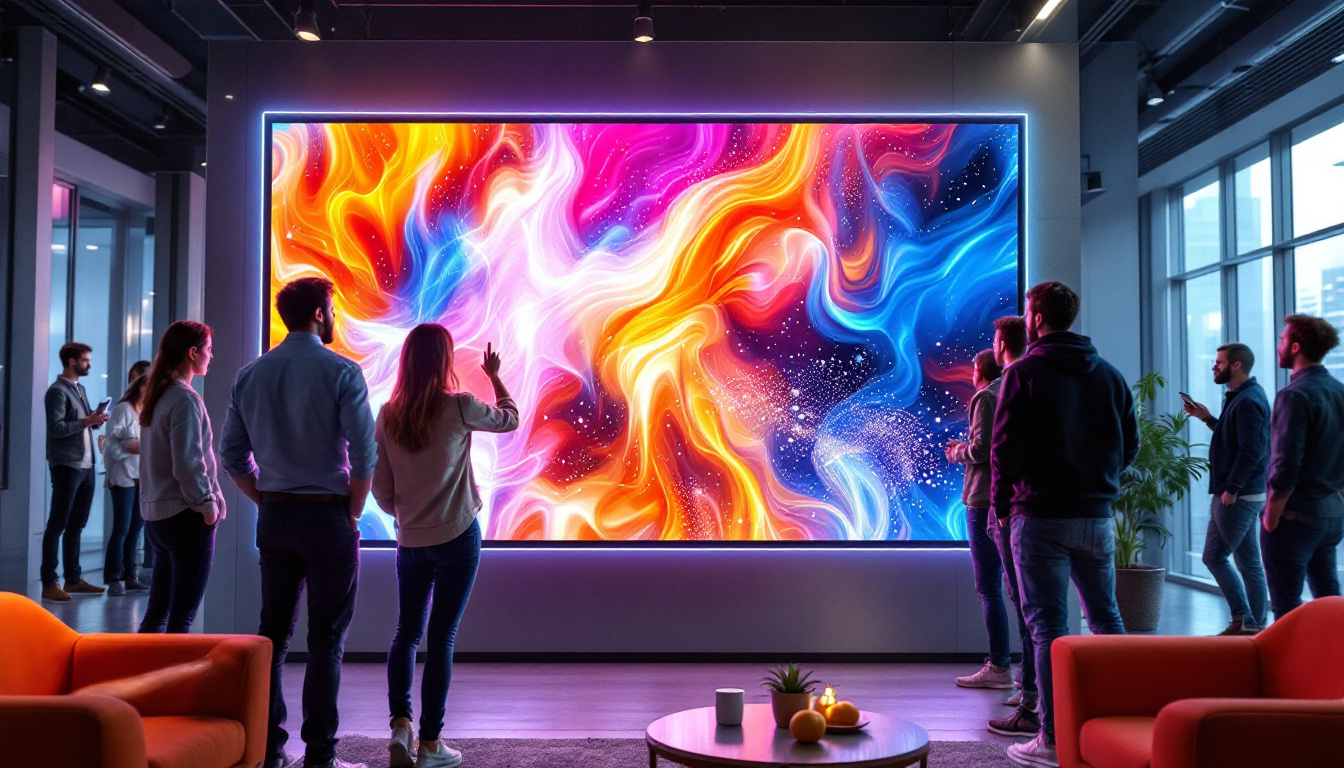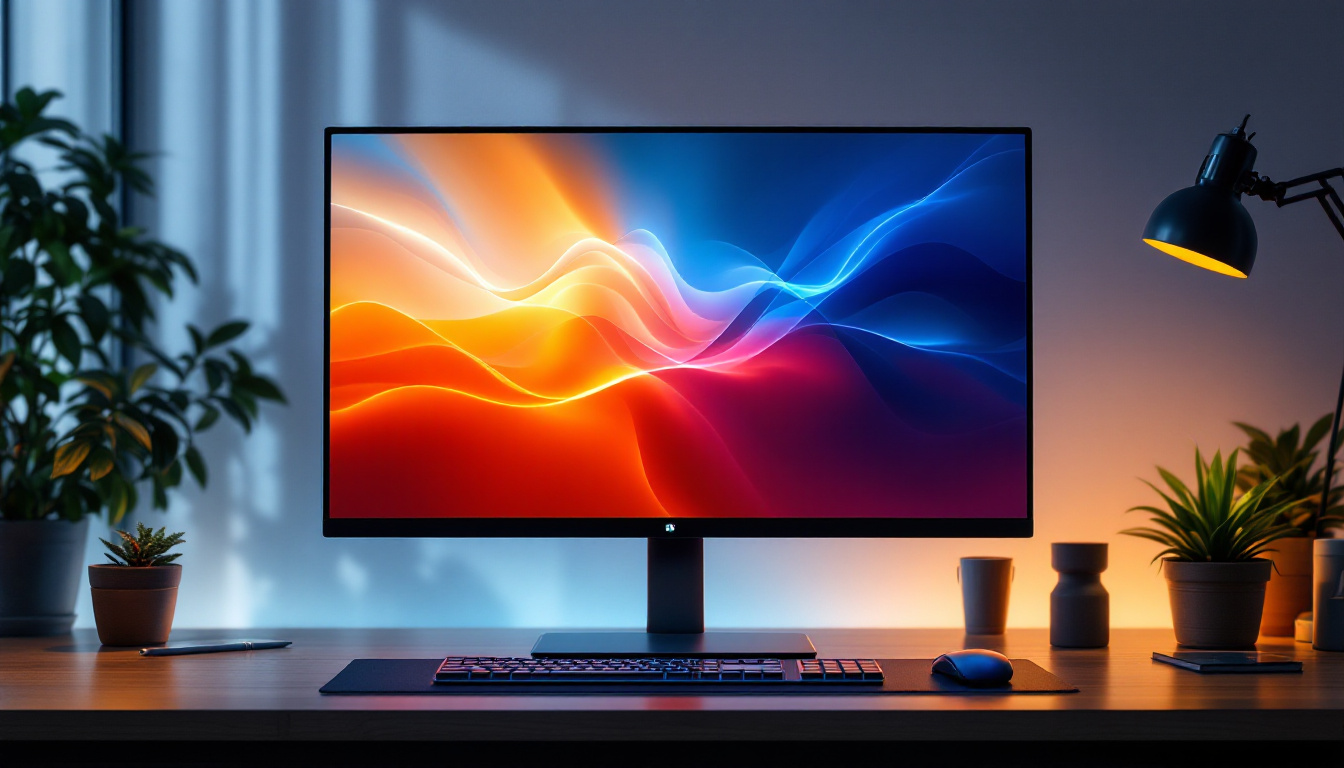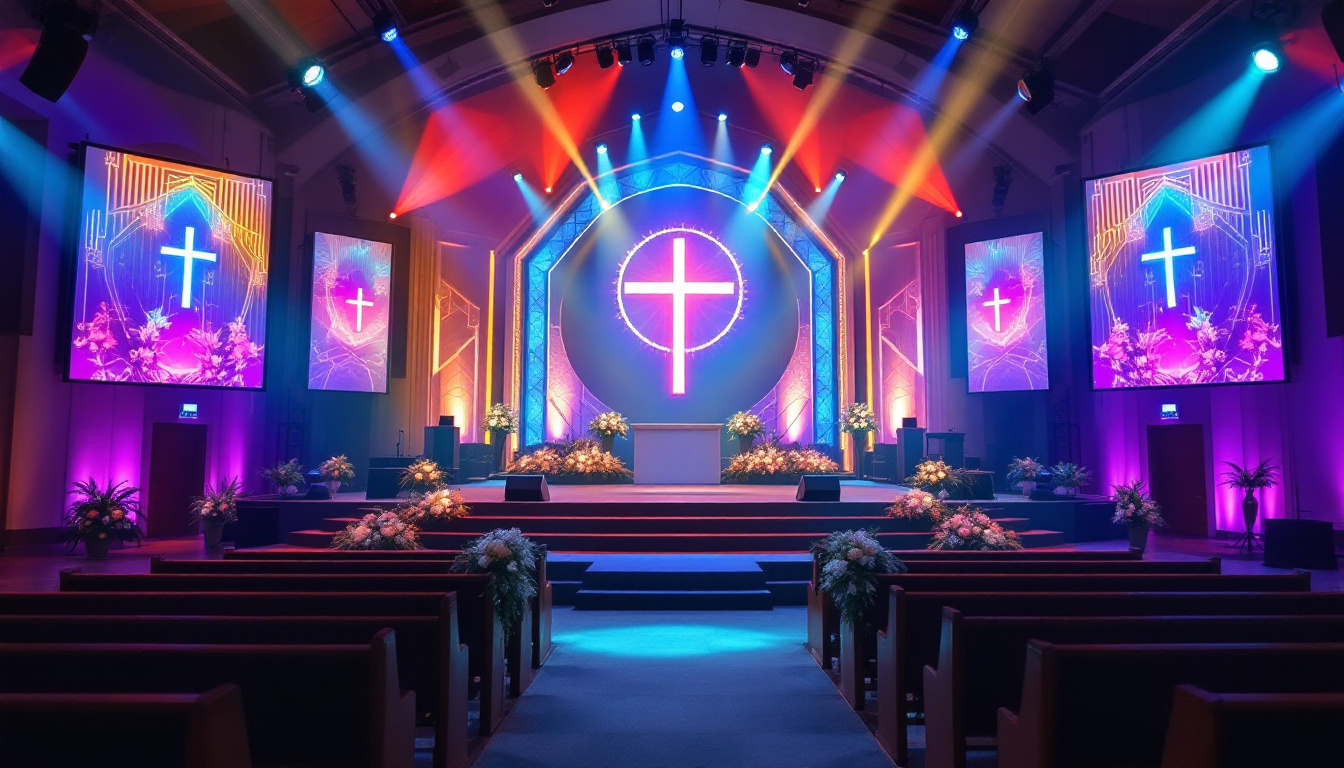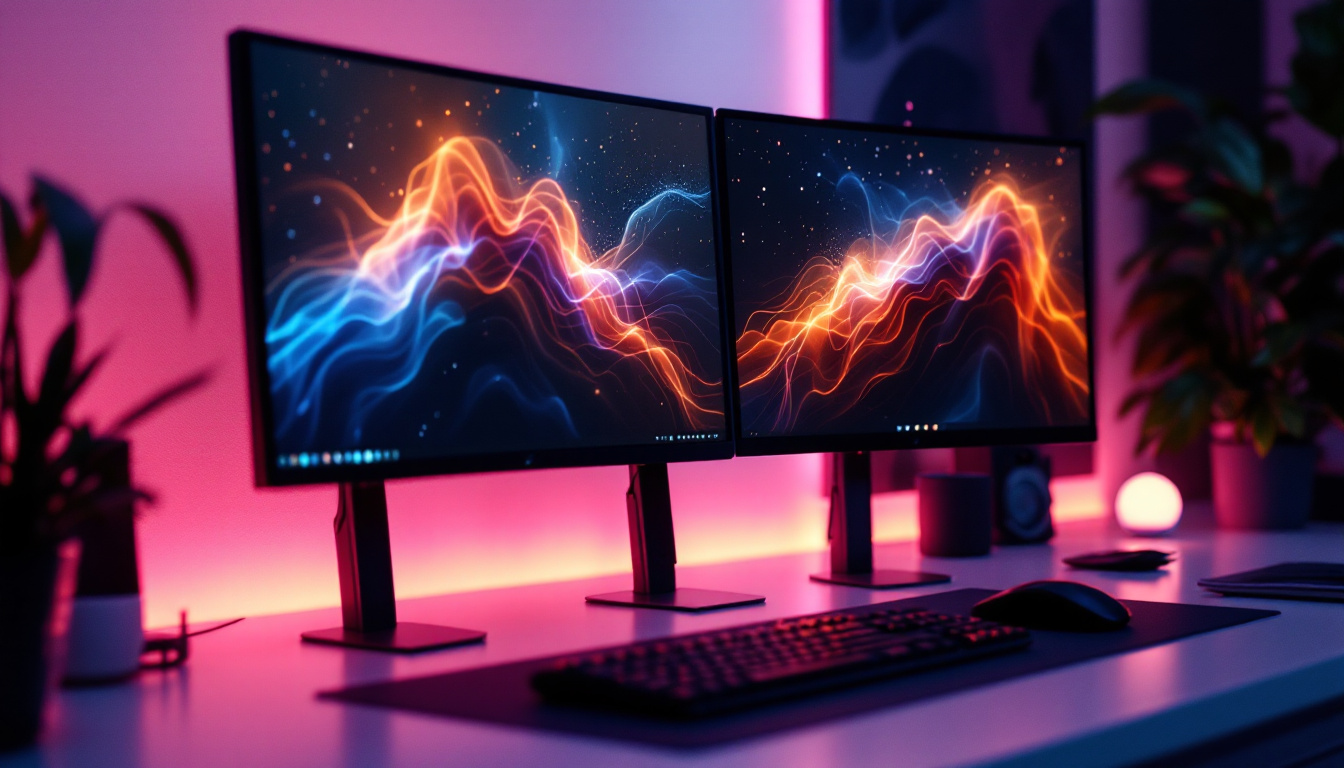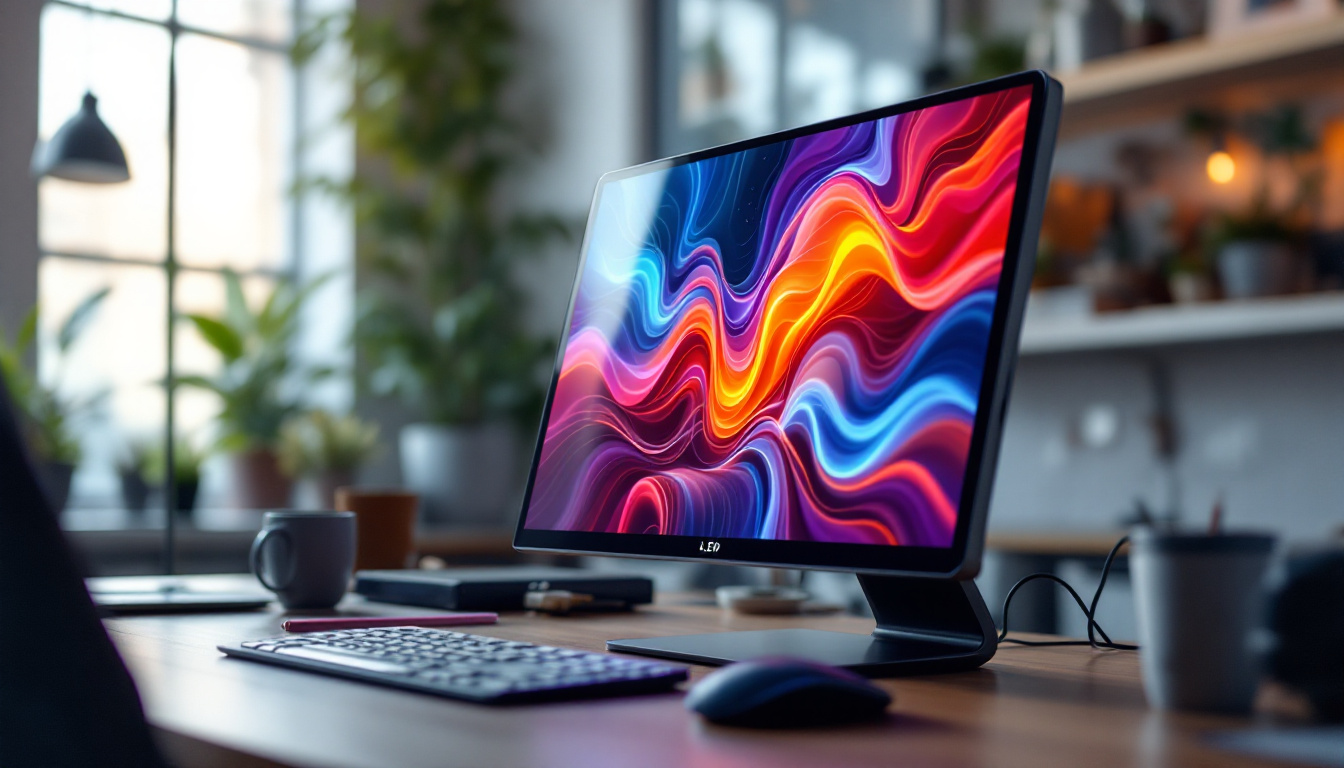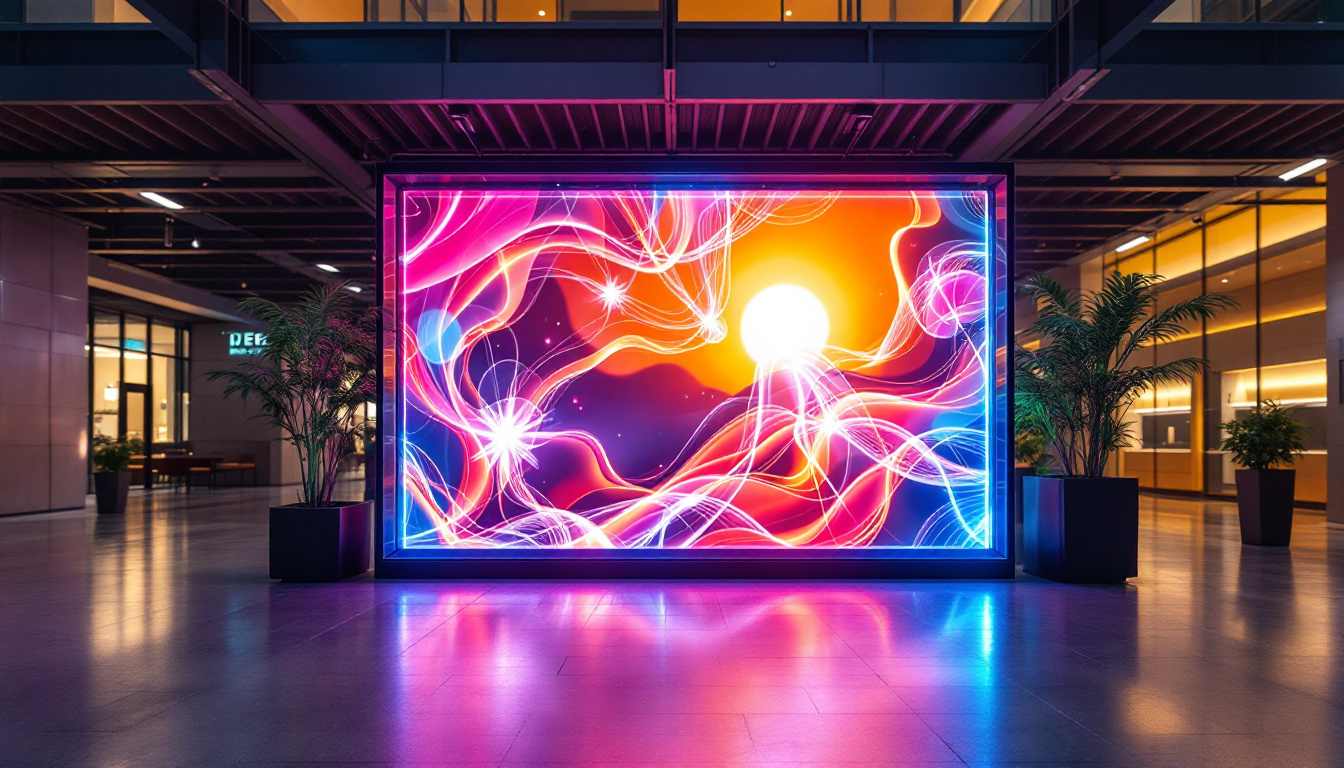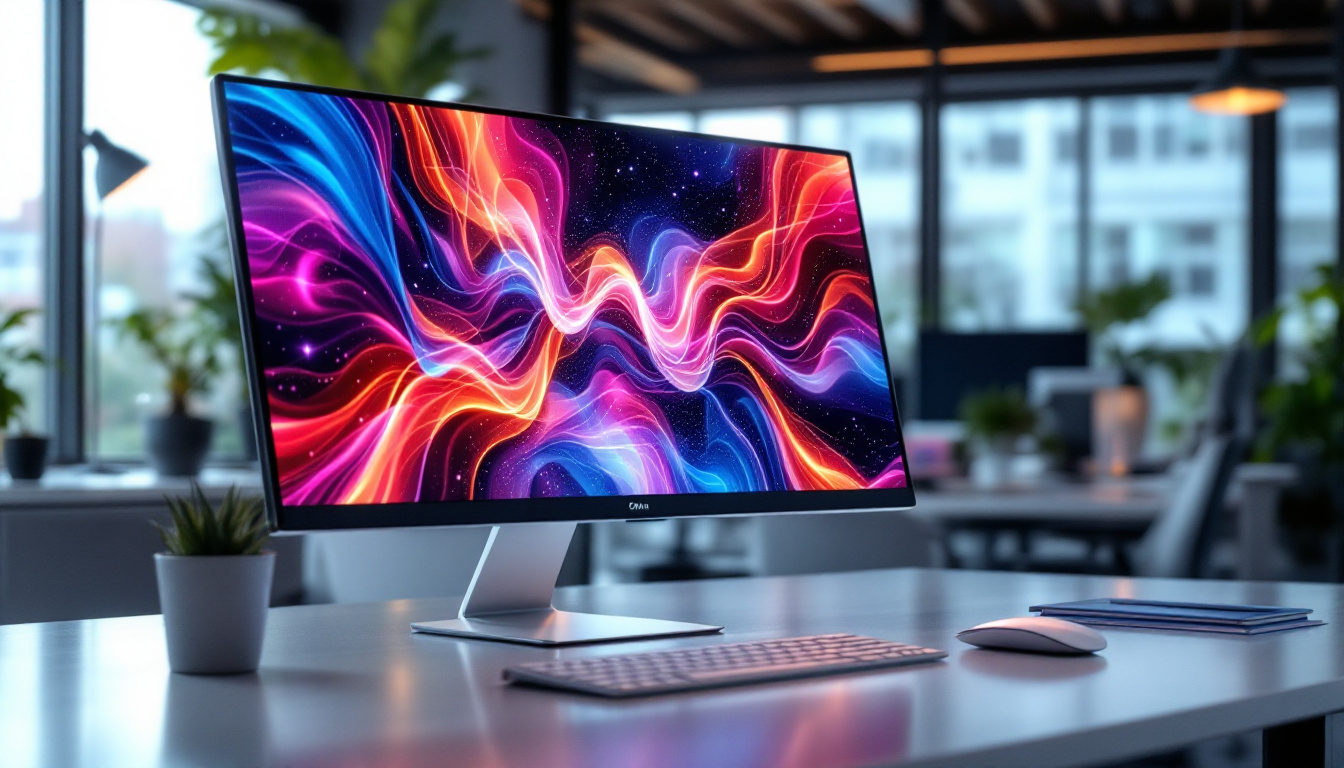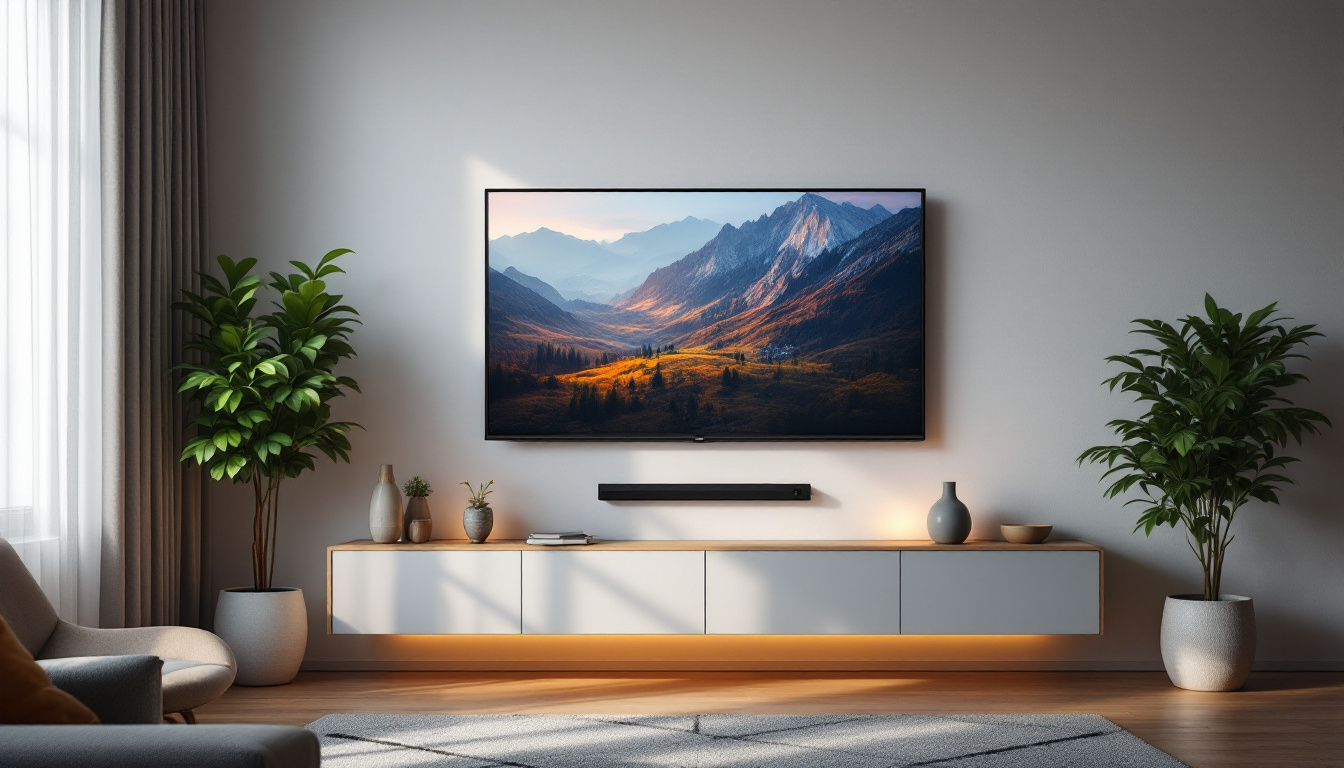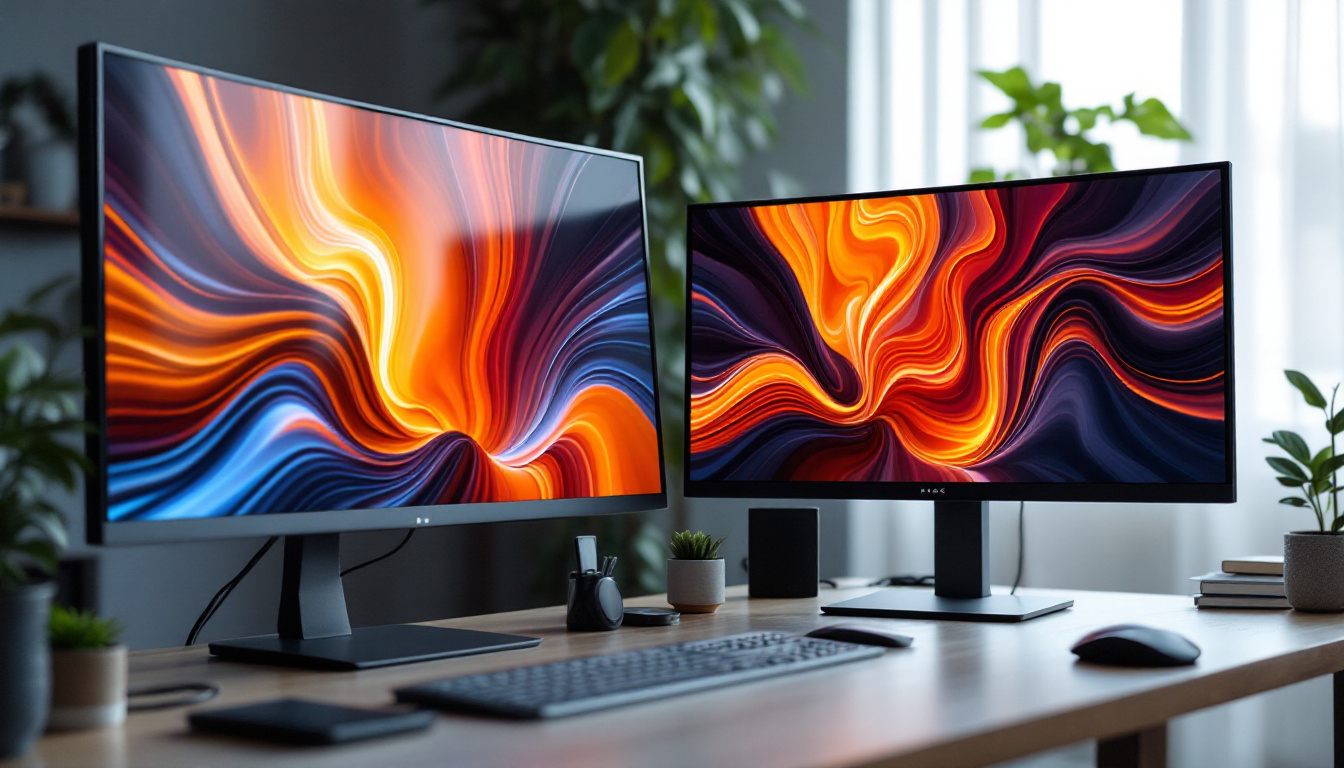In the world of home entertainment, the quality of the viewing experience is paramount. While many consumers focus on the size and resolution of their televisions, the calibration of the display is equally important. This article delves into the intricacies of television calibration tools, specifically for LED displays, and explains how they can enhance your viewing experience.
Understanding Television Calibration
Television calibration refers to the process of adjusting the settings of a TV to achieve the most accurate picture quality. This involves fine-tuning various parameters such as brightness, contrast, color accuracy, and sharpness. The goal is to ensure that the content being displayed is as close to the creator’s original vision as possible.
Why Calibration Matters
Many televisions come with factory settings that may not reflect the best possible picture quality. These settings are often designed to appeal to the average consumer, which can lead to overly bright images or inaccurate colors. Calibration helps to correct these issues, providing a more natural and immersive viewing experience.
Moreover, different viewing environments can affect how a television displays images. Factors such as room lighting and wall colors can impact the perceived quality of the picture. Calibration takes these variables into account, ensuring that the display performs optimally in its specific environment.
In addition to enhancing the viewing experience, proper calibration can prolong the lifespan of your television. By ensuring that the settings are optimized, you reduce the risk of image retention and other issues that can arise from prolonged use of incorrect settings. This not only protects your investment but also ensures that you enjoy the best possible picture quality for years to come.
The Role of Calibration Tools
calibration tools are essential for achieving precise adjustments. These tools can range from simple software applications to sophisticated hardware devices. They provide the necessary measurements and guidelines to help users make informed adjustments to their television settings.
Some of the most common calibration tools include colorimeters, spectrophotometers, and specialized calibration software. Each tool has its unique features and benefits, catering to different levels of expertise and budget considerations.
For instance, colorimeters are typically user-friendly and can be an excellent choice for beginners who want to improve their TV’s picture quality without diving too deep into technical details. On the other hand, spectrophotometers offer a higher level of accuracy and are often used by professionals in the industry. Additionally, many calibration software programs come equipped with detailed guides and tutorials, making it easier for anyone to achieve a calibrated display, regardless of their prior experience.
Types of LED Displays
LED displays have become increasingly popular due to their vibrant colors, energy efficiency, and slim design. However, there are several types of LED displays, each with its own characteristics that can affect calibration.
Direct LED vs. Edge-Lit LED
Direct LED displays utilize an array of LEDs placed directly behind the screen. This configuration allows for better control over local dimming, resulting in deeper blacks and improved contrast ratios. Calibration on direct LED displays can yield significant improvements in picture quality.
On the other hand, edge-lit LED displays have LEDs positioned along the edges of the screen. While this design allows for thinner televisions, it can sometimes lead to uneven lighting and less effective local dimming. Calibration may require more effort to achieve uniform brightness across the screen.
In addition to these basic configurations, the choice between direct and edge-lit LED can also influence viewing angles. Direct LED displays often provide a more consistent image quality from various angles, making them a preferred choice for larger rooms where multiple viewers may be seated. Conversely, edge-lit displays may exhibit color and brightness shifts when viewed from the side, which can detract from the overall viewing experience, particularly in a home theater setting.
Quantum Dot and OLED Technologies
Quantum dot technology enhances LED displays by using tiny semiconductor particles to produce more vibrant colors. This technology can be calibrated to achieve a wider color gamut, making it ideal for filmmakers and content creators who prioritize color accuracy.
OLED (Organic Light Emitting Diode) displays, while not strictly LED, are worth mentioning due to their popularity. OLED screens offer superior contrast ratios and deeper blacks, as each pixel emits its own light. Calibration for OLED displays focuses on color accuracy and brightness levels to prevent issues such as burn-in.
Moreover, the flexibility of OLED technology allows for innovative designs, such as curved and even rollable screens, which can enhance the aesthetic appeal of modern interiors. Unlike traditional LED displays, OLED screens can achieve true black levels by turning off individual pixels, resulting in an unparalleled viewing experience, especially in dark environments. This capability makes OLED a favorite among cinephiles and gamers alike, who seek the most immersive visual experience possible.
Calibration Process Overview
The calibration process can seem daunting, but it can be broken down into manageable steps. Understanding each step is crucial for achieving the best results.
Initial Setup
Before diving into calibration, it is essential to ensure that the television is properly set up. This includes placing the TV in an ideal viewing location, adjusting the seating distance, and minimizing ambient light. A darkened room often provides the best conditions for calibration.
Additionally, it is advisable to allow the television to warm up for at least 30 minutes before calibration. This ensures that the display reaches its optimal operating temperature, leading to more accurate results.
Using Calibration Tools
Once the setup is complete, the next step involves using calibration tools. For those using a colorimeter, the device is typically placed on the screen to measure color output. Calibration software guides users through the process, providing step-by-step instructions on how to adjust settings.
Common adjustments include brightness, contrast, color temperature, and gamma settings. Each of these parameters plays a crucial role in the overall picture quality. For instance, adjusting the color temperature can help achieve a more natural white balance, while gamma settings affect the mid-tone brightness.
Fine-Tuning and Testing
After making initial adjustments, it is essential to test the television with various types of content. Watching different genres, from movies to sports, can reveal any remaining issues that need to be addressed. Fine-tuning may involve going back to the calibration tool to make additional adjustments based on the viewing experience.
It’s also beneficial to periodically recalibrate the television, especially if it has been moved or if the viewing environment has changed. Regular maintenance ensures that the display continues to perform at its best.
Common Calibration Challenges
While calibration can significantly enhance the viewing experience, it is not without its challenges. Understanding these common issues can help users navigate the process more effectively.
Color Accuracy Issues
One of the most common challenges in calibration is achieving accurate color reproduction. Different LED displays may have varying color profiles, making it difficult to achieve a consistent look across devices. This can be particularly problematic when using multiple screens for gaming or professional work.
To combat this, utilizing high-quality calibration tools that provide detailed color measurements can help. Additionally, users should be aware of the limitations of their specific display technology and adjust their expectations accordingly.
Ambient Light Considerations
Ambient light can significantly impact the perceived quality of a television display. In brightly lit rooms, colors may appear washed out, and blacks can seem gray. Calibration in such environments may require adjustments to brightness and contrast levels to compensate for the excess light.
Using blackout curtains or adjusting the room’s lighting can help create a more controlled environment for calibration. Ideally, calibration should be performed in a darkened room to achieve the best results.
Understanding Technical Terminology
The calibration process involves various technical terms that can be confusing for the average consumer. Terms like gamma, color temperature, and luminance may seem overwhelming at first. However, there are numerous resources available, including online guides and forums, that can help demystify these concepts.
Investing time in understanding these terms can empower users to make informed decisions during the calibration process, ultimately leading to a better viewing experience.
Benefits of Proper Calibration
Investing time and effort into calibrating a television can yield numerous benefits, enhancing the overall viewing experience.
Improved Picture Quality
The most immediate benefit of calibration is the improvement in picture quality. A well-calibrated display will exhibit accurate colors, deeper blacks, and better contrast ratios. This results in a more immersive viewing experience, making movies, shows, and games more enjoyable.
Moreover, accurate color reproduction is essential for content creators and professionals who rely on precise visuals for their work. Calibration ensures that what they see on screen is true to the original content.
Increased Lifespan of the Television
Proper calibration can also contribute to the longevity of a television. By adjusting settings to prevent excessive brightness or contrast levels, users can reduce the risk of burn-in, particularly on OLED displays. This proactive approach can help maintain the television’s performance over time.
Additionally, a well-calibrated television may require less frequent adjustments, reducing wear and tear on internal components.
Enhanced Viewing Comfort
Finally, calibration can lead to a more comfortable viewing experience. When colors are accurate and brightness levels are balanced, viewers are less likely to experience eye strain or fatigue during long viewing sessions. This is particularly important for those who spend hours watching movies or gaming.
By prioritizing calibration, viewers can create an enjoyable and comfortable environment that enhances their overall entertainment experience.
Conclusion
Television calibration is an essential aspect of achieving the best possible viewing experience, particularly for LED displays. By understanding the calibration process, utilizing the right tools, and addressing common challenges, consumers can significantly enhance the quality of their television experience.
Whether for casual viewing or professional work, proper calibration ensures that colors are accurate, contrast is optimized, and overall picture quality is improved. Investing time in calibration not only enhances enjoyment but also prolongs the lifespan of the television, making it a worthwhile endeavor for any home entertainment enthusiast.
Ultimately, the journey towards a perfectly calibrated television is one that pays dividends in the form of a richer, more immersive viewing experience. With the right tools and knowledge, anyone can unlock the full potential of their LED display.
Discover the Full Potential of Your Viewing Experience with LumenMatrix
Ready to elevate your home entertainment or professional display to the next level? LumenMatrix, a pioneer in LED display technology, offers an extensive range of innovative solutions tailored to your needs. From the comfort of your living room to the vibrancy of an outdoor event, our Indoor and Outdoor LED Wall Displays, Vehicle LED Displays, and more are designed to create unforgettable visual experiences. Embrace the future of visual communication with our LED Sports Displays, Floor LED Displays, and Custom LED solutions. Don’t just watch—immerse yourself in the action with LumenMatrix’s cutting-edge displays. Check out LumenMatrix LED Display Solutions today and transform the way you see the world.

